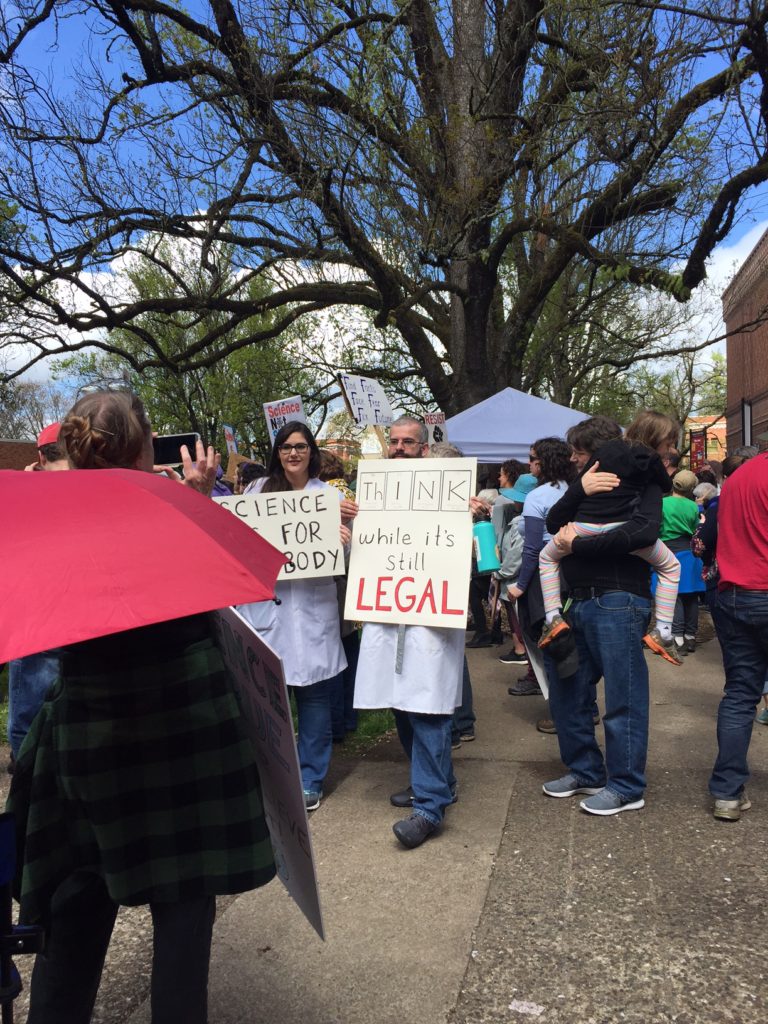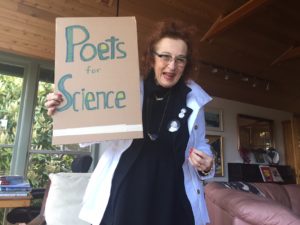Whoa! Slow down for a hoe-down! In our series on April gardening, we’ve been hearing from TS (Eliot) and Horace, of course, Shakespeare, hear hear!, Thoreau, chanticleer, he’ll crow, Emily Dickinson, and her twin one, Whitman, ‘n Billy Collins, ‘n Gerard Manley Hopkins, and speaking of kin, W.S. Merwin, Theodore Roethke, not to mention Charles Tripi, yippee, James Wright, so right, Mary Oliver, we love her, Pablo Neruda, our own time’s Buddha, Gerard Stern, it’s his turn, Yeats’ one of the greats, Stanley Kunitz, his tune is my bliss, and more, galore—SCORE!
Theodore Roethke, Melanie Waters, Stanley Kunitz. Our Thank you for joining me in this time of new growth, early spring.
I think now of one of the greatest and most hopeful projects on earth, the idea of restoring what John Muir called one of the most sublime landscape gardens on earth, the drowned Hetch Hetchy valley, twin of Yosemite Valley, both in Yosemite National Park. The city of San Francisco in the early 1900s convinced some legislators to dam the Tuolumne River, and make a water storage tank of the valley—identical to Yosemite, waterfall for waterfall, rock face for rock face, river for river—for cheaper water and electricity for the city—even in national park. This was voted on in 1913, and even though that time almost a hundred years ago did not have the consciousness of what is at stake in preservation of wilderness that we have today, even then there was such a national outcry that a people’s national park and one-of-a-kind twin-valley structure was destroyed for a water source—that could be supplied by larger water storage outside the national park—that the National Park System was created in 1916, directly as a result of this furor. And yet the issue has never really gone away, and in fact, even in the 1980’s with Ronald Reagan’s Secretary of the Interior Don Hodel, and today with California governor Arnold Schwarzenegger, and studies by the University of California at Davis and engineering and civil studies all proving it feasible, there is a growing momentum for taking the dam down, and restoring the valley, an engineering feat as momentous in logistics and technology as ethics and morality, out of a common love, I think, when it gets down to it, for a garden, a garden that nature made for us. What fueled this effort, organized by Restore Hetch Hetchy, and you can go on to their website and see how the valley was, and the progress of getting this back to a people’s vote on the issue, think of it! You can find something I did taking a page from the poetry of John Muir, and the way he writes about gardens: it is a poem called, If A Song Could Right A Wrong. Recently I wrote a poetic note to the organization, thinking of the significance of its work, as resurrection, bringing a lost valley back to life, like some sleeping Beauty under a spell, with the kiss of a million of people who care. It is called Resurrection Engineering, in the way I see not only civil engineering, cranes and bull dozers and wrecking balls and the logistics of a dam being deconstructed and a river flowing again, but engineering of language, bridges of metaphors, taut lines, tension in rhyme, and engineering of civil action to organize such a national event:
Resurrection Engineering
The brain is wider than the sky—Emily Dickinson
Poems are made by fools like me—Joyce Kilmer in “Trees,†in homage to John Muir
But only God can make a valley.
True, it appears we can un-make a valley,
We are increasingly that smart.
We can un-make our planet, in our growing know-how
As we engage this brain of earth.
Human history, a story of bloodshed over water rights,
Ruin over ownership of trees, tragedy
Out of all that is within and atop the land,
Libraries and homes blazing and fields salt and sand.
Learning our history, do you ever want to say,
Oh, around 2700 B.C., or 48, or 1887, or 2003,
Or any day as trees swoon and land becomes stump and ash,
Hills are topped, and river’s voice strangled, mute,
Stop, stop right there? Our perspective seeing how it all turned out
Makes reading our history great wistfulness. Oh, if we could stop!
Do we not stop, until we end it all?
But the story goes on, and we learn,
The more we know, a velocity of knowing better.
Now we possess a glorious knowledge:
We cannot make but we can restore.
Power, to restore a valley that once echoed thunder
With waterfalls, whose river shone in Sierra light, whose massive rock walls
Reflected solar radiance, whose meadows of wild flower
Held red fox and birds and dragonfly.
Only God can make a valley,
We cannot make a valley,
This does not make us fools.
But we can be wise with our God-given powers.
It is in us to make a valley live.
Let the record show: our To Do list begins, redemption.
Dear Restore Hetch Hetchy:
We have reached a new stage of evolution where human history is the agency of hope. The twentieth century brought in a renewed consciousness of preservation of the earth—keeping what is left. Our century’s work is restoration. It is imaginative work. It needs the poet and the engineer, the lawyer and business leader. It is up to us now to figure out ways in every river valley to rescue rich soil, every mountain and plain, to be restored. We hear of prairies and watershed and mountains and forests, seabeds, coral reefs, being brought back to life with engineering feats and genius of vision. And this is from Emily Dickinson, engineer of “but God be with the Clown, Who ponders this tremendous scene, this whole experiment in green, As if it were his own!†If we consider this very earth our own, claim it as we once claimed land to up-end, take down trees and habitat, dam rivers, flood valleys, and see a new kind of power in owning this earth, we can make it once again tremendous, we can move from the role of fools to the divine work of the visionary who believes in what is possible. This is the point at which a thousand years from now, a child will find history a story of redemption.



